The Nile River, at 6132 miles empties into the Mediterranean Sea at Alexandria, Egypt. Without the Nile, there would be no Egypt, only the Sahara. But by irrigating with it, Egypt was to become one of the first civilizations over 5000 years ago. The numerous rulers of that civilization built countless temples, tombs, and other structures along the Nile century after century. So many are in still in such good shape that it would take years to visit them all. In two trips, I've only scratched the surface.
On the east side of the Nile, two huge temples, the Temple of Amun at Karnak (of Johnnie Carson fame in Karnak the Magnificent) and Luxor, are almost worth the price of a plane ticket themselves. But then on the west side of the Nile more are to be found. The biggest attraction there is the Valley of the Kings, where the tombs of 26 pharaohs (kings) are. All are deep underground in a valley amongst low, barren mountains. I entered four of them, including that of King Tutankhamun (Tut).
I started touring the temples on the Nile in southern Egypt at Abu Simbel. Then I traveled by car for 300 miles to the city of Luxor.


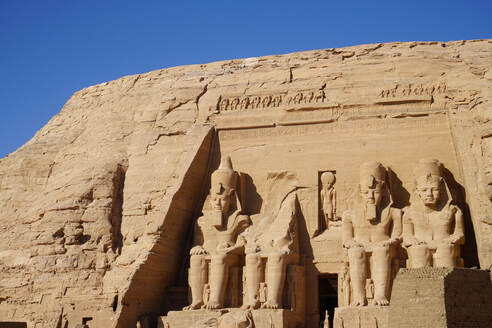
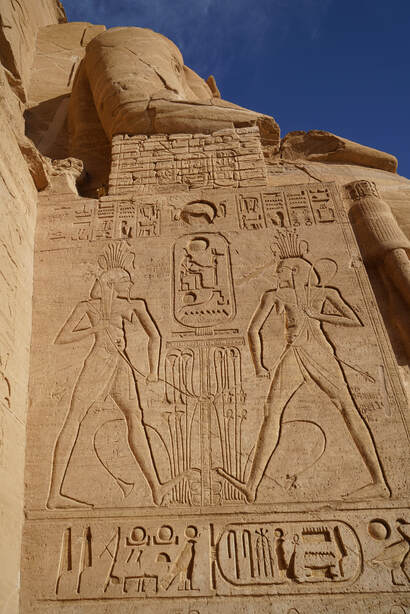

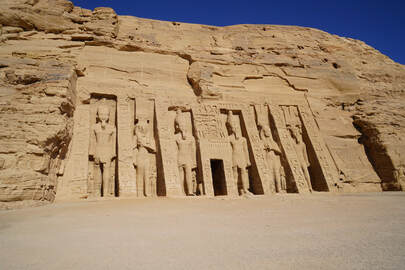
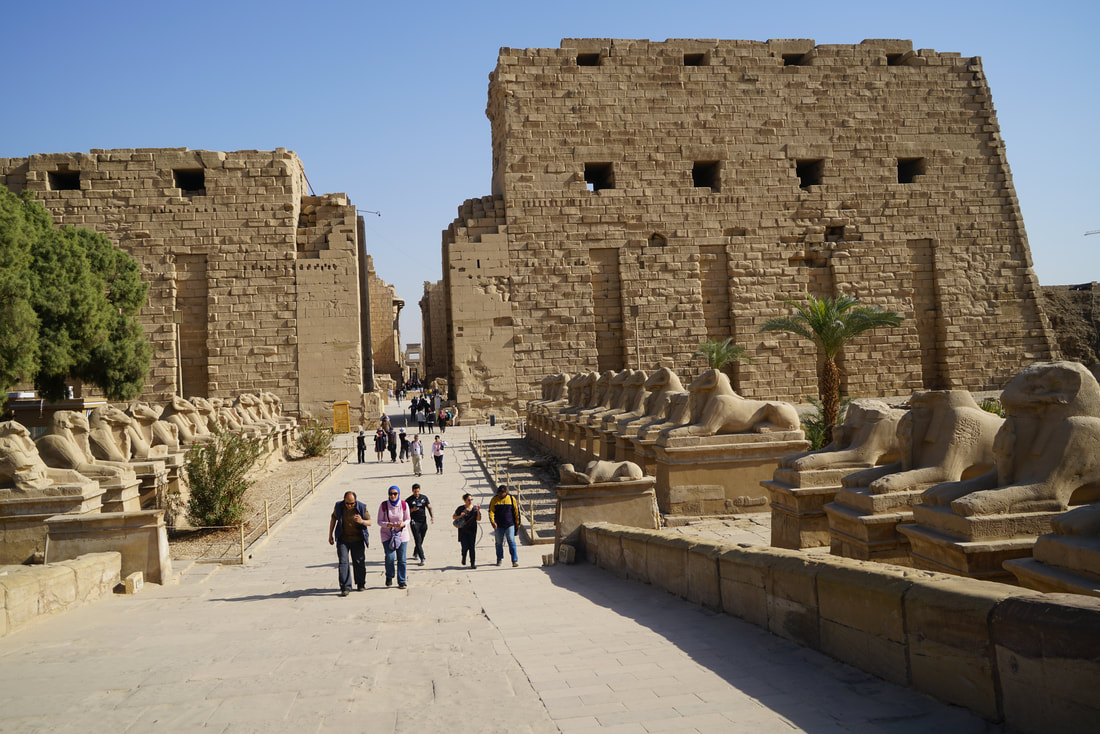
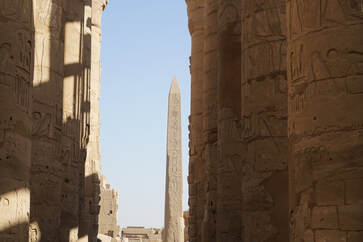





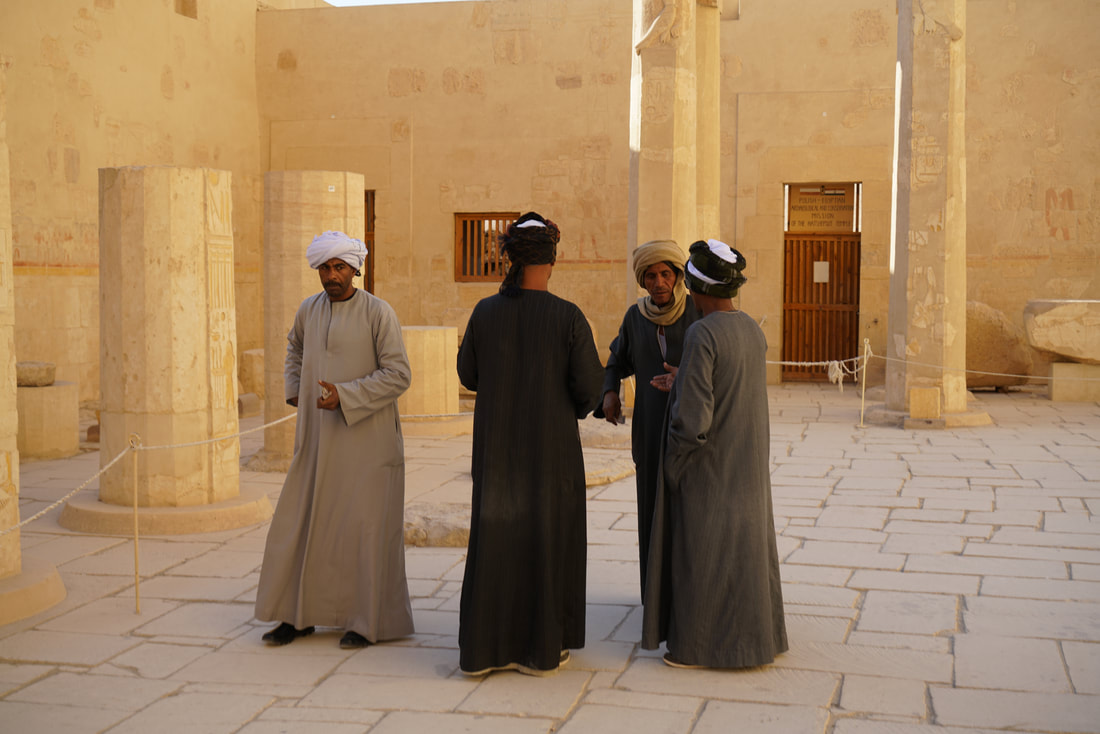
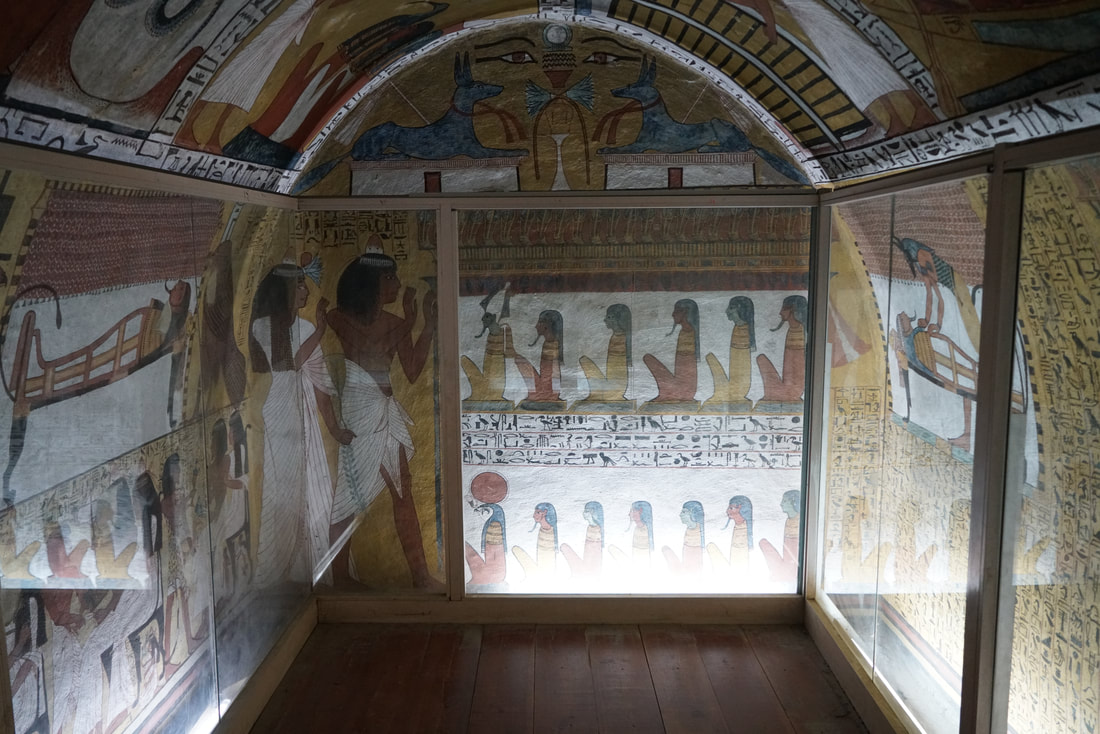



 RSS Feed
RSS Feed